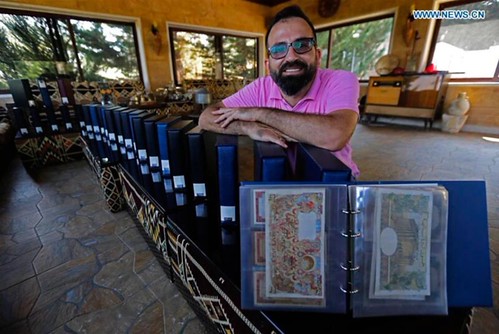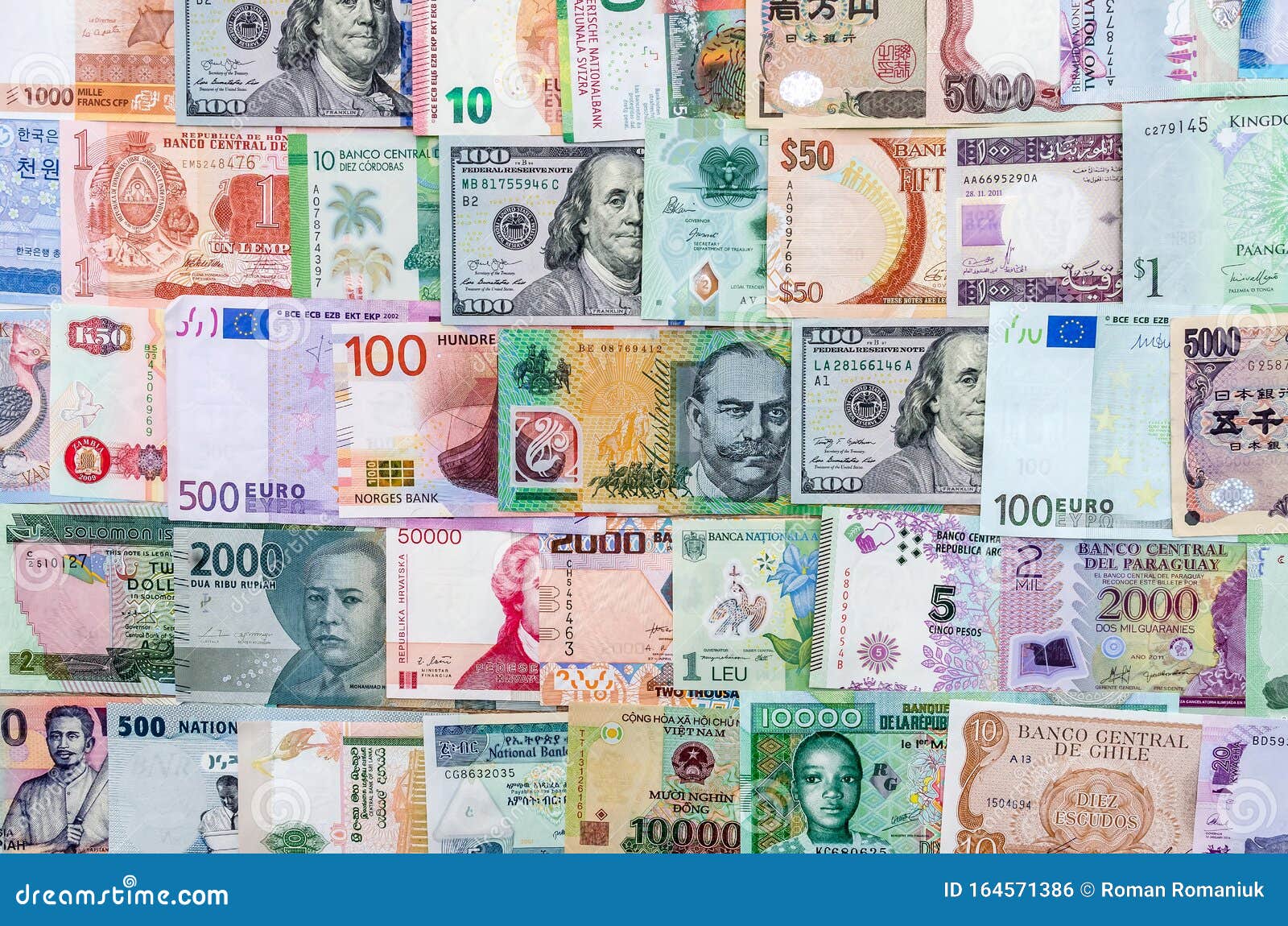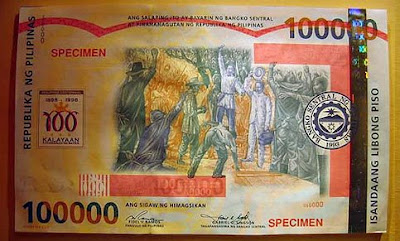
Printed money wasn’t always so glamorous. “Who knows what they’re working on now?”Ĭhina’s 100 yuan bill depicts the docking of two Chinese vessels and was a 2015 finalist “It didn’t have the pizzazz.” Every year, he adds, the designs get more sophisticated, and the voting gets closer. “I don’t think the Canadian note that won in 2004 would even place today,” says Lutz. Waterfalls, gorillas and rugby players are the new Benjamins. The Federal Reserve may have missed the memo, but the days of staid presidents printed on cotton are over. “It’s been a constant job to outthink them, because they’re good.” Inspect a modern note and you’ll find plenty of elements designed to stump them: textures, watermarks, colour-changing holograms and, should you happen to have an ultraviolet or infrared light handy, stray flecks and hidden figures. What better way to outwit counterfeiters than to swap in a new design as soon as they figure out the old one? “Since bank notes began, the counterfeiters were right behind,” says Dennis Lutz, president of the IBNS. That’s primarily in the name of security.

Kazakhstan’s 1,000 tenge note was the 2013 winner and features the Kazakh flag Whereas in the 1900s the Bank of Canada issued new notes to great fanfare every 15 years or so, fresh bills now arrive in our wallets on the regular-in fact, since 2001, there have been more years in which Canada issued a new note than years it didn’t. It doesn’t matter what the bill is worth or how many people use it, allowing for obscure entries like the Faroese 1,000-krónur note to trump the Scottish fiver, as it did in 2005.īy keeping tabs on the world’s best bank notes, the IBNS has effectively catalogued the rapid evolution of paper money in the 21st century. Did Canada ever win? Watch the video to find out. Every year since, the 2,000 members of the worldwide society-a self-selecting club of currency enthusiasts-have nominated and voted for their favourite notes, judging for aesthetics and security.Įvery year the International Bank Note Society crowns a Bank Note of the Year winner. In 2004, the Canadian $20 bill-featuring the Queen and Bill Reid’s Indigenous artwork-won the first-ever Bank Note of the Year Award.


Not that Canada is without monetary bragging rights. It was cash’s equivalent to Usain Bolt’s 100-metre-dash threepeat, only without the conciliatory silver medals.
Largest bank note in the world series#
In both 20, as Canada released its new polymer series note by note, the Kazakhs eked out slim victories over the runner-up Canucks. Kazakhstan’s 10,000-tenge note, a pale violet sheet of birds, buildings and monuments, defeated Canada’s golden $100 bill. It began in 2011, when both countries were nominated for the Bank Note of the Year Award-the Olympics of paper money, administered by the International Bank Note Society (IBNS). In the annals of bank note design, there’s no showdown like Canada versus Kazakhstan.


 0 kommentar(er)
0 kommentar(er)
